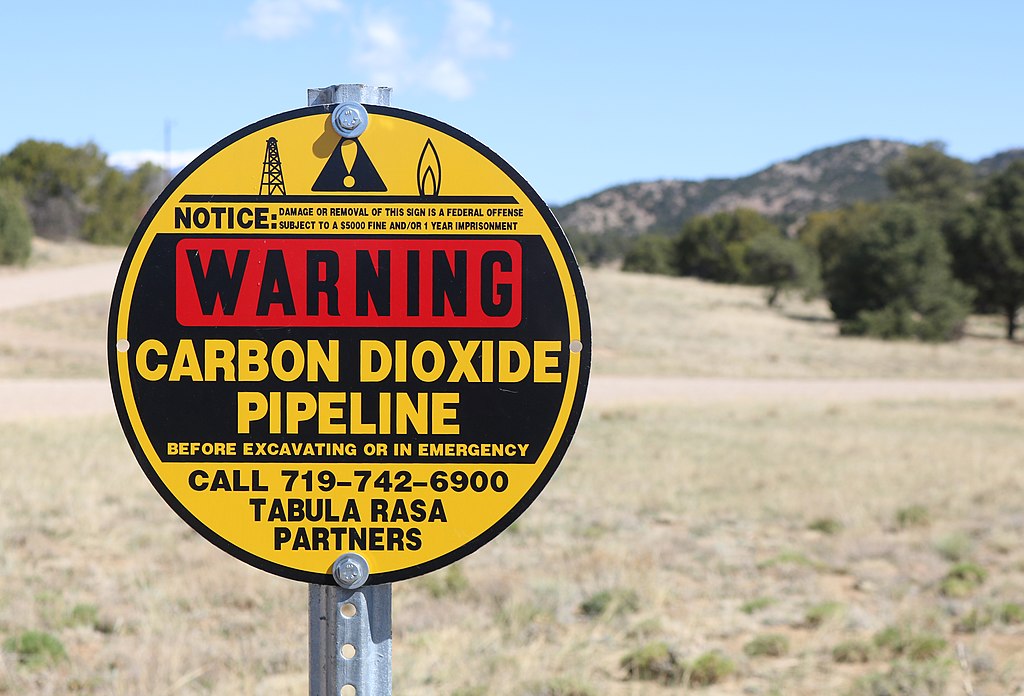Silvia Secchi is a professor in the Department of Geographical and Sustainability Sciences at the University of Iowa. She has a PhD in economics from Iowa State University.
What’s a farm? Who is a farmer? These are political questions.
They are important questions for Iowa, as so much of the state’s identity is wrapped around its historical role in U.S. agriculture. The questions also matter for the U.S. Department of Agriculture, which implements policies that strongly favor Iowa’s farm and agribusiness sectors. The higher the number of farms, the more legitimate it is to keep claiming that “Iowa feeds the world.” Funding depends on that number too.
Continue Reading...

